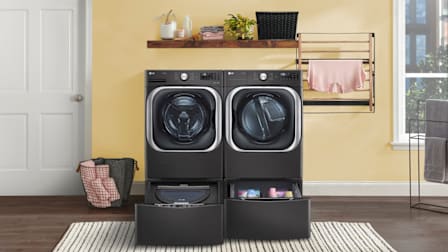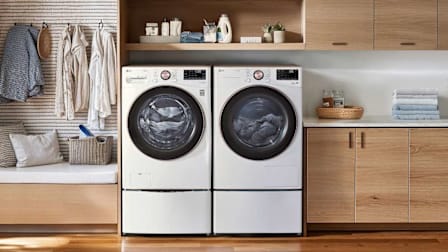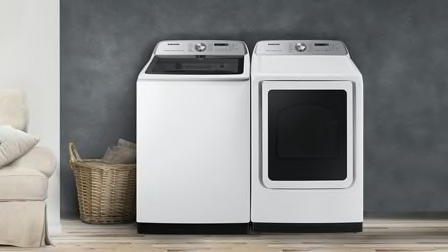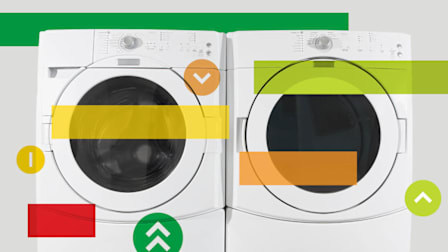6 Best Top-Load Agitator Washing Machines—and the Worst—of 2026
These washers can be wallet-friendly, but don’t expect perfect performance
When you shop through retailer links on our site, we may earn affiliate commissions. 100% of the fees we collect are used to support our nonprofit mission. Learn more.
Top-load agitator washers are generally cheaper to buy and can wash clothes faster than other types of washing machines. But our tests reveal that they don’t offer the best washing performance and can sometimes be rough on fabric.
- Top-Load Agitators: Best Worst
- Why Choose a Top-Load Agitator Washer?
- How CR Tests Washers
Best Top-Load Agitator Washers
These six top-load agitator washers have the highest ratings in our tests. They all come with features like auto temperature control, an auto detergent and fabric softener dispenser, and a stainless steel tub.
Worst Top-Load Agitator Washers
When it comes to top-load agitators, don’t be tempted by attractive prices. Some budget-friendly washers may be duds. These two agitator top-loaders fall short in washing performance and rank lowest in our tests.
Why Choose a Top-Load Agitator Washer?
You might think of the various types of washers in the same way you view cars. Traditionally, agitator washers were the no-frills station wagons of the laundry aisle, while high-efficiency top-loaders and front-loaders raced in the muscle car and luxury lanes, loaded with shiny, sleek designs and advanced technology. So why are so many agitators still being sold? Let’s pop the hood on that.
Top-load agitator washers have been positioned as wallet-friendly alternatives to the aforementioned, more expensive varieties. But manufacturers have begun to enhance them with more feature-rich features, which can increase their prices. That’s why you’ll see agitator top-loaders in our ratings that have stylish details, such as a stainless steel finish or a glass lid. Some models also now have jumbo capacities, allowing you to do more laundry at once. But if you’re looking for a less expensive washer, there are still options that cost less than other types of washers.
Their downsides? Performance, for one. Until recently, they washed fewer clothes per load. They can also be water hogs, typically using 20 gallons or more per load. And if you value the longevity of your threads, be aware that top-load agitators tend to be rougher on fabric than other types of washers.
How CR Tests Washers
To evaluate how well a washing machine cleans clothes, CR’s testers use fabric swatches stained with red wine, cocoa, carbon (which is similar to soot), and other hard-to-remove stains. They analyze each swatch with a spectrocolorimeter before and after washing. The lighter the stain after laundering, the higher the machine scores in washing performance.
We also evaluate how gentle a washer is on fabric and record the amount of water and energy each machine uses. And we record the energy needed to dry the laundry we just washed. Washers that extract more water shorten dryer time and score higher in our energy-efficiency tests. Water- and energy-efficiency scores are among the factors we use to determine the Green Choice designation for washers.
Our testers also measure the amount of vibration the washer transmits to a wood floor, and our panelists evaluate the washer’s noise levels during the fill, agitate/tumble, drain, and spin cycles.





























